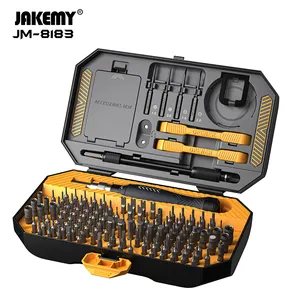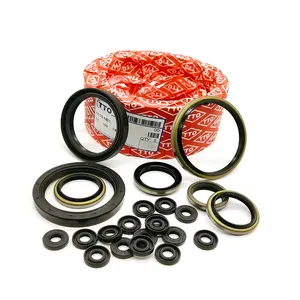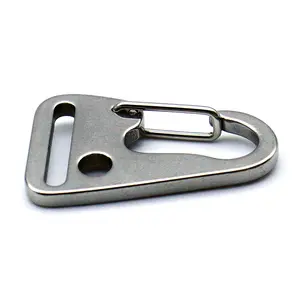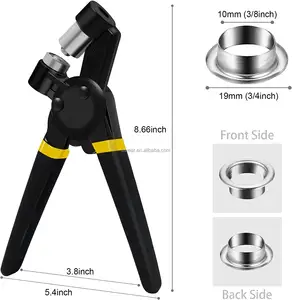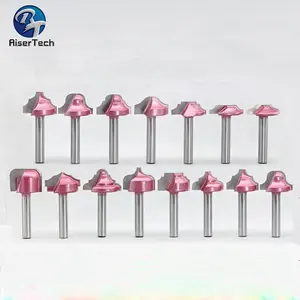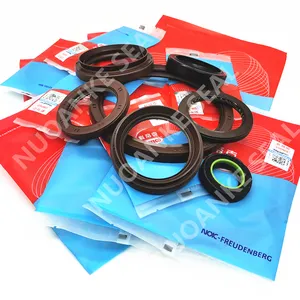Popular in your industry
































































Related Searches:






































































































































Top categories
About 206 hammer union
Understanding the 206 Hammer Union
The 206 hammer union is a pivotal component in fluid handling systems, designed for quick connection and disconnection of pipes and equipment. It is commonly utilized in the oil and gas industry, where reliable and secure connections are essential for the safe transport of materials under pressure.
Types and Features of 206 Hammer Unions
Diverse types of hammer unions are tailored to different applications and pressures. The fig 206 hammer union is a popular choice for moderate-pressure applications, known for its robustness and ease of use. In contrast, the fig 400 hammer union and fig 600 hammer union are suited for higher pressure scenarios, offering enhanced durability and resistance to harsh conditions.
Materials and Advantages
Hammer unions, including the 4 fig 206 hammer union and weco fig 206, are typically made from materials like ductile iron, carbon steel, or alloy steel, providing a balance of strength and resilience. The choice of material ensures that the unions can withstand the rigors of demanding environments without compromising on performance.
Applications of Hammer Unions
The fig 206 union is versatile, finding its place in various settings such as drilling rigs, service trucks, and fluid transfer systems. Its design allows for quick and secure connections, making it an indispensable part of equipment in industries that value efficiency and reliability.
Selection and Usage
Choosing the right 4 206 hammer union involves considering factors like pressure ratings, sizes, and material compatibility with the fluids being handled. Users must ensure that the union selected meets the specific requirements of their system to maintain integrity and safety.
Maintenance and Longevity
While 206 hammer unions are designed for durability, regular maintenance is crucial to prolong their lifespan and ensure their reliability. Inspecting for signs of wear and tear and following proper installation procedures are essential practices for users of hammer unions.
